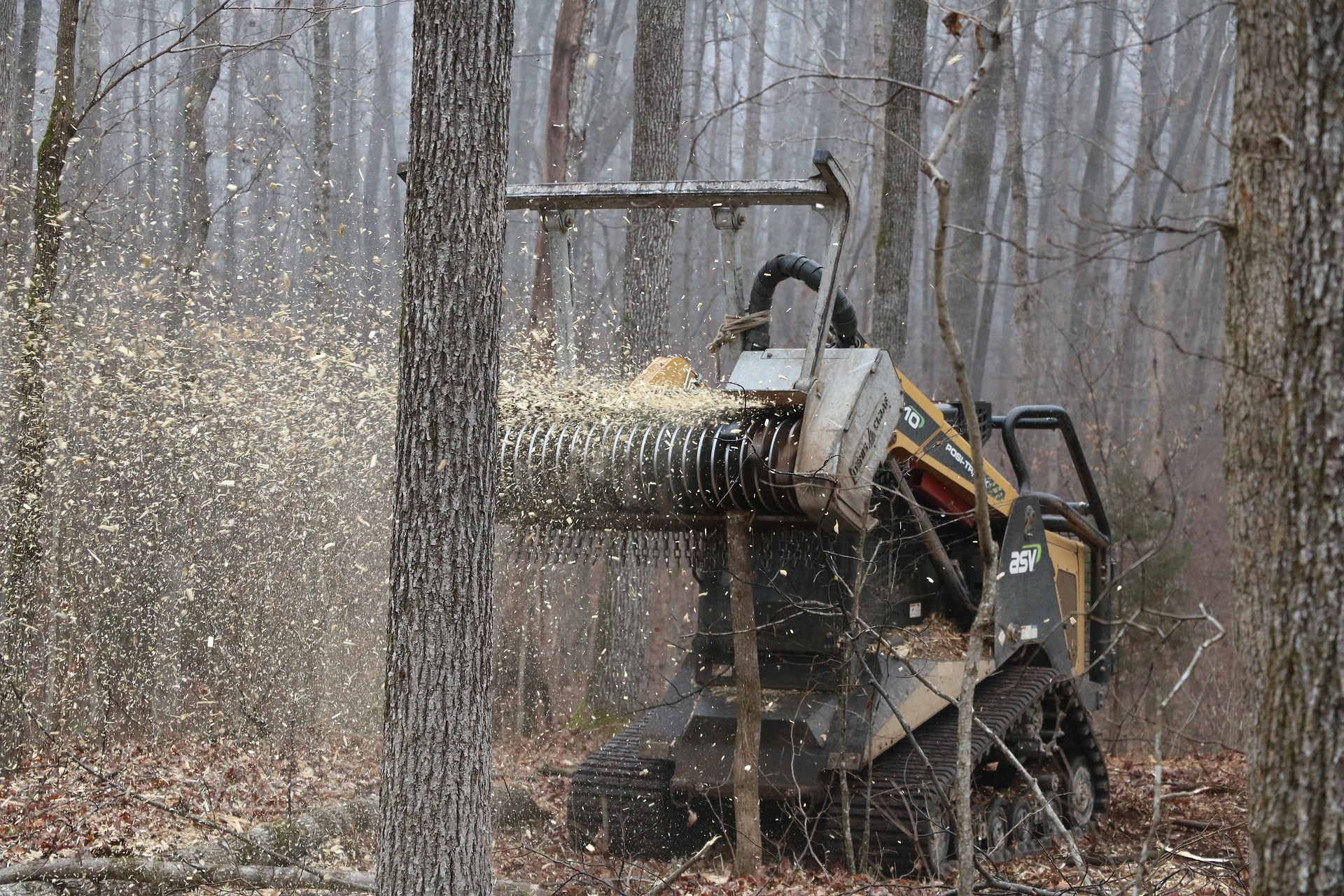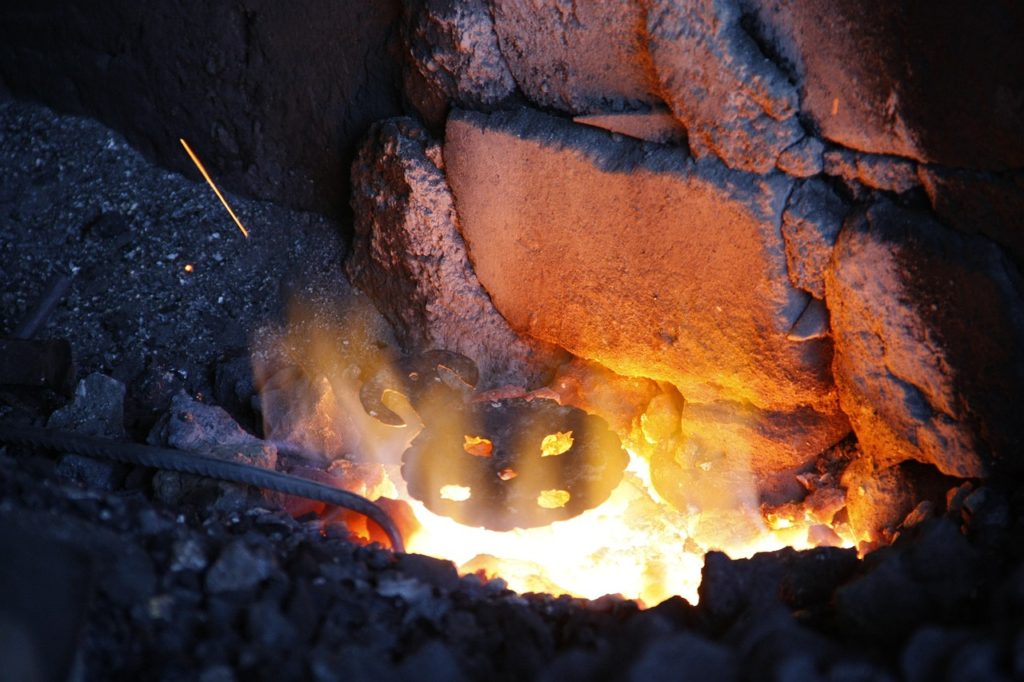Forestry machines play a crucial role in the management and harvesting of forests, contributing to the sustainable use of forest resources and the overall well-being of ecosystems. These specialized machines are designed to perform various tasks in forestry operations, ranging from tree felling and log transportation to processing and sorting.
Types Of Forestry machines
Here are the major types of forestry machines, their functions, and their significance in modern forestry practices.
Harvesters:
Function: Harvesters are advanced forestry machines designed for the efficient felling, delimbing, and bucking of trees. Equipped with cutting heads and sophisticated technology, they can handle different tree sizes and species.
Significance: Harvesters increase productivity by automating the process of tree harvesting. They enhance precision, reduce waste, and contribute to sustainable forestry management by ensuring selective cutting.
Forwarders:
Function: Forwarders are specialized machines used to transport felled trees from the harvesting site to a landing area. They come in various sizes and configurations, with articulated or wheeled designs for maneuverability in challenging terrains.
Significance: Forwarders minimize the environmental impact of logging by reducing ground disturbance. They optimize the transportation of logs, ensuring a smooth flow of wood from the harvesting site to the processing facilities.
Skidders:
Function: Skidders are forestry machines designed to drag felled trees from the cutting site to a central location for further processing or loading onto trucks. They come in different types, such as cable and grapple skidders.
Significance: Skidders are essential for accessing remote or difficult-to-reach areas. They facilitate the extraction of logs without causing significant damage to the forest floor.
Feller Bunchers:
Function: Feller bunchers are machines that cut and gather several trees before placing them on the ground for further processing. They are particularly efficient in clear-cutting operations.
Significance: These machines improve the speed and efficiency of tree removal. By bunching trees together, they streamline the subsequent processing steps, reducing the overall time and resources required.
Mulchers:
Function: Mulchers are used for vegetation management in forestry. They shred and mulch vegetation, including small trees, bushes, and brush, helping to maintain forest health and prevent the spread of wildfires.
Significance: Mulchers contribute to ecosystem management by controlling undergrowth and invasive species. They are vital for creating firebreaks and ensuring a balanced forest environment.
Log Loaders:
Function: Log loaders are machines designed to load logs onto trucks efficiently for transportation to sawmills or processing facilities. They come with various attachments, such as grapples or clamps.
Significance: Log loaders play a crucial role in the logistics of the forestry industry. They ensure the timely and safe loading of harvested wood, optimizing the supply chain.
Buying Forestry Machine Parts
When it comes to maintaining and optimizing the performance of forestry machines, purchasing the right parts is a critical aspect of the process. Whether you’re a forestry machine operator, a fleet manager, or involved in the maintenance of these powerful pieces of equipment, navigating the process of buying forestry machine parts requires careful consideration and knowledge. In this article, we’ll explore the key steps and considerations involved in buying forestry machine parts.
Identifying the Part:
Before making any purchase, it’s crucial to accurately identify the specific part that needs replacement or repair. Reference the machine’s manual, consult with technicians, or use part numbers to ensure you are acquiring the correct component.
OEM vs. Aftermarket Parts:
Original Equipment Manufacturer (OEM) parts are designed and produced by the same company that manufactured the forestry machine. Aftermarket parts, on the other hand, are produced by third-party manufacturers. Both options have their pros and cons. OEM parts are guaranteed to fit and function, while aftermarket parts may offer cost savings. Consider the trade-offs based on your priorities.
Quality and Compatibility:
Opt for high-quality parts that meet or exceed the machine’s specifications. Compatibility is crucial to ensure proper functioning and longevity. Low-quality or incompatible parts can lead to breakdowns, increased maintenance costs, and potential safety hazards.
Vendor Reputation:
Choose reputable vendors or dealers when purchasing forestry machine parts. Research customer reviews, ask for recommendations from industry peers, and verify the vendor’s history of providing genuine and reliable components.
Warranty and Return Policy:
Check the warranty and return policy offered by the vendor. A warranty provides assurance of the part’s quality, and a favorable return policy ensures that you have recourse if the part is defective or incompatible.
Shipping and Delivery:
Consider the availability and speed of shipping when selecting a vendor. Timely delivery of parts is crucial to minimizing downtime for the forestry machine. Choose vendors with efficient shipping processes and reliable delivery services.
Cost and Budgeting:
Develop a clear budget for the purchase of forestry machine parts. While cost is a significant factor, it’s essential to balance budget considerations with the quality and reliability of the parts. Avoid compromising on quality to save costs in the short term, as it may lead to higher expenses in the long run.
In conclusion, forestry machines will remain part of us as long there is vegetation. The demand for the forest machine parts will also continue to increase. China has been one of the biggest markets for both forestry machines and parts in the recent past. This is due to the quality and affordability of products.


